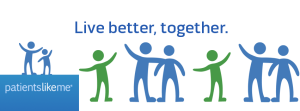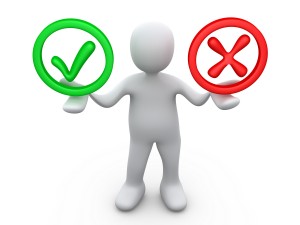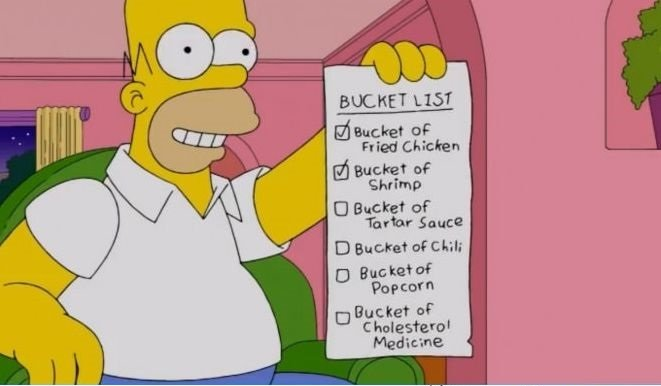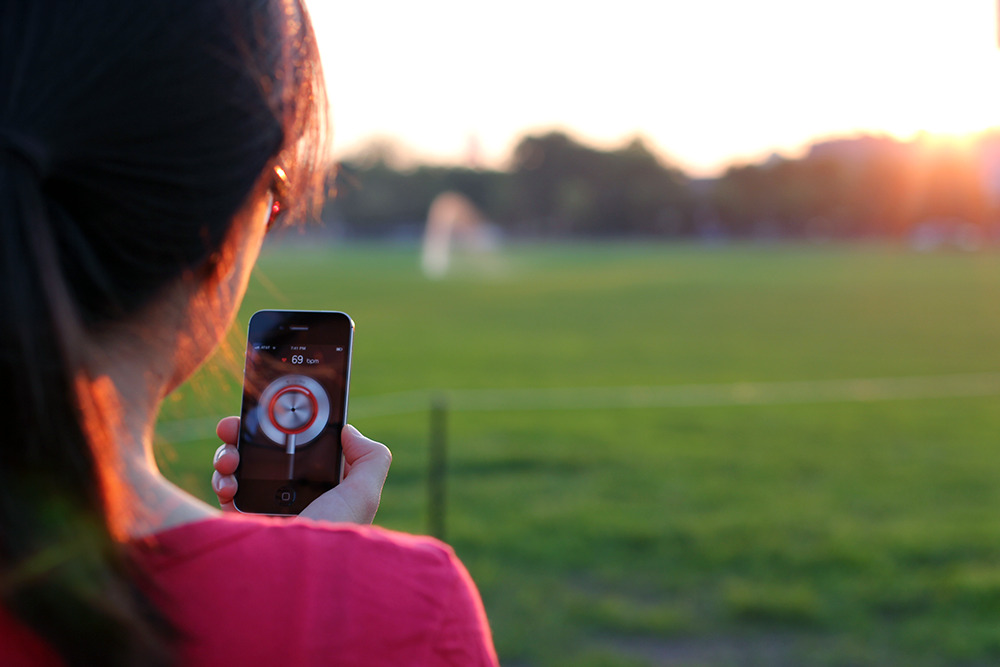ePatients are often lauded for their effective use of technology. They use technology as a means to take measurements, research information, and create communities. While their use of technology is often the focus of attention, their culture is often neglected. Ferguson and Frydman (2004) address both of these points in their seminal article about ePatients and argue, “We are witnessing the most important technocultural medical revolution of the past century.”
The culture of the ePatient movement definitely needs attention. By changing the dynamics of the physician-patient relationship, ePatients are effectively changing the culture of how laypersons interact with physicians. Carman (2013) proposes that there is a continuum of engagement for patients in direct care. Currently, most patients fall under the category of consultation; that is, they receive information about a diagnosis. ePatients argue that they should have greater engagement.
Patients may get more involved by sharing their preferences in a treatment plan, thereby taking into account their individual culture, background, and spirituality. On the most engaged end of the spectrum, patients have partnership and shared leadership with the physician. Carman (2013) imagines that with this level of engagement, “treatment decisions are made based on patients’ preferences, medical evidence, and clinical judgment.”
Clearly, this is a step away from current physician-patient interactions. With higher levels of engagement, patients are expected to be health literate. They are considered equals with the physicians and can elect their own treatment plans.
But is this change in culture possible? People around the globe unanimously regard physicians to be the most respected professions, and there are multiple reasons for this. Medical professionals have a direct impact on the lives of everyday people. They are present when people feel the most vulnerable, and they serve as their confidants. Physicians tend to have higher levels of education and higher income, and they have great responsibilities and expectations.

Photo Credit: illustrationsource.com
In cultures that have a predominant social hierarchy, the idea of being an ePatient seems almost frightening. For many East Asian countries, some patients would not dare correct their physicians. It would be disrespectful, impolite, and indicative of lesser social status. It would disregard power dynamics, and the patients would be overstepping long entrenched boundaries. It is, therefore, unsurprising that the ePatient movement has its roots in the Western world.
Additionally, in the ePatient-physician relationship, it is critical to distinguish the difference between health literacy and medical education. While patients may understand the biological processes behind their illness, physicians have had at least seven more years of education in medicine whether in medical school or in residency.

Photo Credit: healthydebate.ca
In this technocultural medical revolution, there must be balance. Mutual respect is key. There must be an acknowledgement that the physician has greater expertise, but physicians cannot regard themselves as superior. It is true that the physician cannot fully understand what the patient is experiencing, but the physician can at least practice empathy.
In any case, we must be aware of these cultural phenomena if the ePatient movement is to be globally ubiquitous.

Photo Credit: growingolder.org








